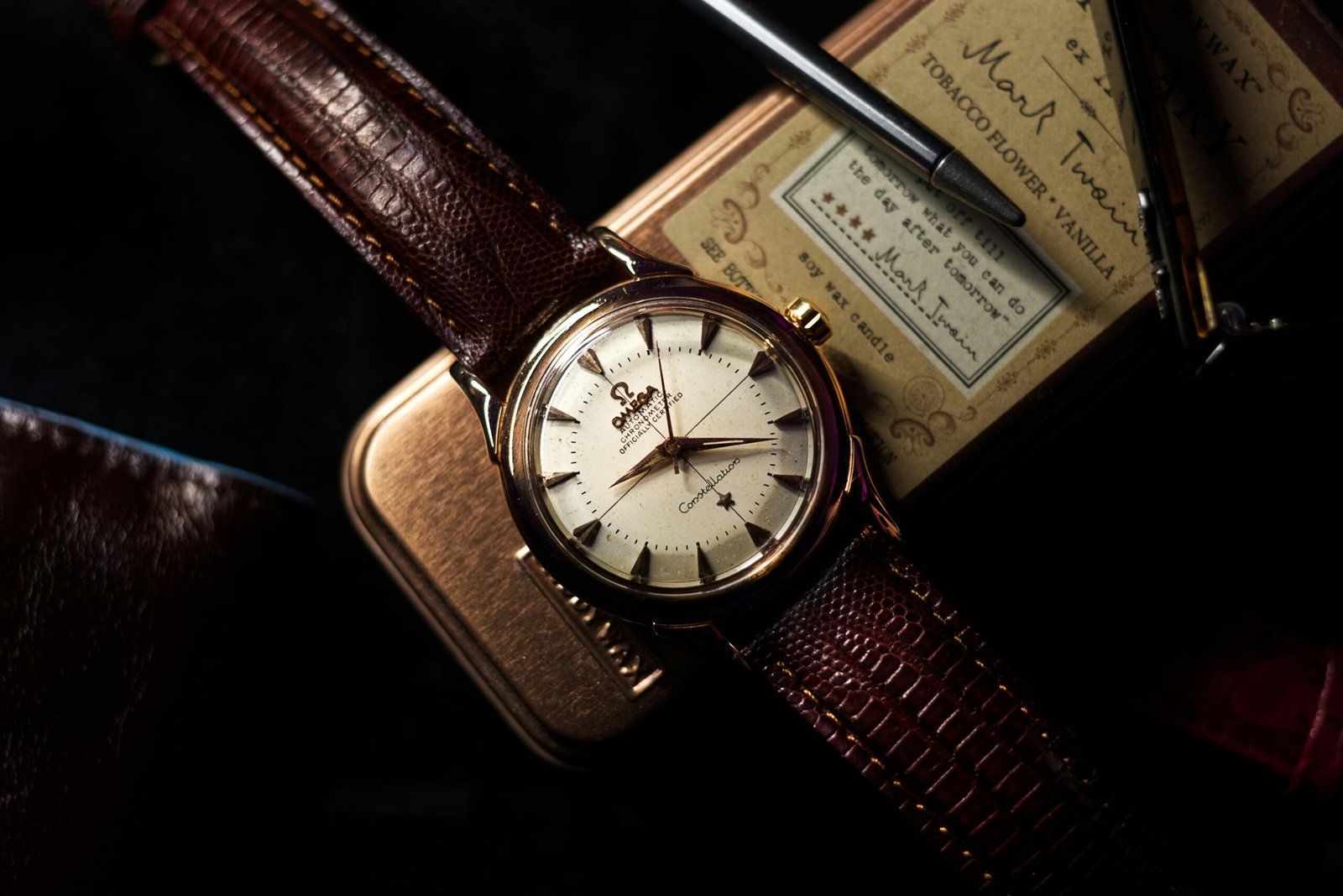Essential Tips for Vintage Watch Collectors: Unlocking the Secrets to Care and Collecting

The vintage watch market is a fascinating realm characterized by complexity and diversity. To begin with, a ‘vintage’ watch is generally defined as a timepiece that is at least 20 to 30 years old, with some segments of the market considering even older models from as early as the 1950s or before as vintage. This timeframe provides enough distance for watches to appreciate in value and become sought after by collectors. Unlike newer models, vintage watches possess a unique blend of historical significance, craftsmanship, and style that adds to their allure.
Within the vintage watch category, there are various distinctions that collectors should be aware of. For instance, some watches are classified as ‘antique’ if they exceed 100 years in age, while ‘pre-owned’ watches may be younger but hold a precedence due to their brand heritage or limited production runs. Enhancing a collector’s understanding of these classifications can aid in making informed purchases and investments.
When evaluating potential investment pieces in the vintage watch market, several critical factors should be considered. Brand reputation plays a pivotal role; renowned manufacturers such as Rolex, Omega, and Patek Philippe are often at the forefront of collector interest due to their history of quality and craftsmanship. Rarity is another essential element; limited edition models or timepieces associated with significant events typically command higher prices. Furthermore, the watch’s condition, including the originality of parts and the state of preservation, can significantly influence its market value. A well-documented history and service records enhance desirability.
Collectors should also keep an eye on popular models that have shown resilience in the market. Iconic pieces such as the Rolex Submariner, Omega Speedmaster, and various models by Audemars Piguet are consistently highlighted as valuable investments. By understanding these nuances within the vintage watch market, collectors can better navigate the waters and make wise decisions for their collections.
Caring for Your Vintage Watches
When it comes to vintage watch collecting, proper care is paramount to preserving the integrity and value of these exquisite timepieces. Regular maintenance and attentive handling can significantly prolong the lifespan of your collection. One of the first steps in caring for your vintage watches is to ensure they are cleaned regularly. A soft, lint-free cloth is ideal for wiping down the case and bracelet to remove dust and oils, while a gentle approach is essential to avoid scratches. It is advisable to avoid abrasive materials during this process.
Storage plays a critical role in maintaining the condition of vintage watches. Ideally, your collection should be stored in a climate-controlled environment, away from extreme temperatures, humidity, and direct sunlight. A quality watch box or dedicated storage case can help protect against dust and physical impacts. Additionally, using watch rolls for travel can prevent damage during transportation. Always store watches upright, and if they are automatic, consider using a watch winder to keep them running smoothly when not worn.
Regular maintenance is just as important as cleaning and storage. Vintage watches may require professional servicing approximately every three to five years, depending on their mechanical complexity and usage. During servicing, experts can clean the movement, replace worn parts, and lubricate components to ensure the watch operates accurately. Recognizing the signs that indicate a need for professional assistance—such as irregular timekeeping or unusual noises—is essential for timely intervention.
Utilizing appropriate products can further aid in safeguarding your vintage watches. Leather conditioners for straps, anti-tarnish cloths for precious metals, and specialized cleaning solutions designed for timepieces are effective in maintaining the aesthetic charm of your collection. By following these care guidelines, collectors can ensure their vintage watches remain in pristine condition, enhancing both their enjoyment and investment value.
Little-Known Details About Watch Collecting
Watch collecting is an intricate pursuit that extends beyond merely acquiring timepieces; it involves understanding the nuances that can significantly impact a watch’s value. One crucial aspect is provenance, which refers to the history of ownership of a watch. A timepiece with a well-documented history often commands a premium price over similar models without such provenance. This factor not only enhances the collectible value but also adds a rich narrative that collectors cherish.
Equally significant is the presence of original packaging and documentation. Collectors should prioritize acquiring watches that come with their original boxes, papers, and warranty cards, as these items verify authenticity and maintain the watch’s condition. The inclusion of these items can also play a pivotal role during resale, as potential buyers often seek assurances that the item is genuine and well-preserved.
Furthermore, engaging with collector communities and forums can greatly benefit both novice and seasoned enthusiasts. These platforms provide an avenue for sharing insights, tips, and experiences, making them indispensable for those keen on expanding their knowledge base. Networking with other collectors can yield unexpected benefits, such as early access to valuable pieces, exclusive trades, and informed opinions on market trends.
For those interested in navigating auctions, estate sales, and online marketplaces, it’s essential to approach these venues with a well-informed strategy. Understanding the auction house’s reputation, being able to appraise the estimated value of a watch, and knowing when to bid can mean the difference between acquiring a coveted piece or overspending. Thorough research about the seller and the item, combined with participation in relevant community discussions, can provide essential insights that bolster a collector’s confidence and expertise in making informed decisions.
Building a Curated Vintage Watch Collection
Creating a thoughtful and curated vintage watch collection requires a strategic approach that aligns with personal interests and investment goals. The first step in this journey involves establishing a budget. It is essential to understand your financial boundaries to prevent impulsive purchases that may lead to overspending. A well-defined budget allows collectors to focus on acquiring pieces that not only resonate with their taste but also maintain or appreciate in value over time.
Once a budget is in place, collectors should consider narrowing their focus to specific brands or models that interest them. Vintage watches come in various styles and categories; hence targeting particular segments can help in building a distinctive collection. Whether one is drawn to luxury Swiss brands, military watches, or specific vintage complications, concentrating on a niche allows for deeper knowledge and appreciation of the selected pieces, ultimately enhancing the collecting experience.
Research plays a crucial role in the acquisition of vintage watches. Potential buyers should invest time in gathering information about the provenance, condition, and market value of the watches they are interested in. Understanding the history and features of specific models can guide collectors in making informed decisions and avoiding counterfeit pieces, which are prevalent in the vintage watch market.
Keeping abreast of trends in the vintage watch market is also vital. Market fluctuations can influence the timing of purchases and sales. Collectors should observe auction results, expert reviews, and community discussions to stay informed about rising brands and affordable options. This knowledge can be pivotal in determining not only when to buy but also when to consider selling a piece, maximizing returns on investments.
In summary, aspiring vintage watch collectors should approach their journey with a well-defined budget, targeted interests, ample research, and an awareness of market trends. By adhering to these principles, collectors can build a curated collection that is both personally meaningful and financially sound.







